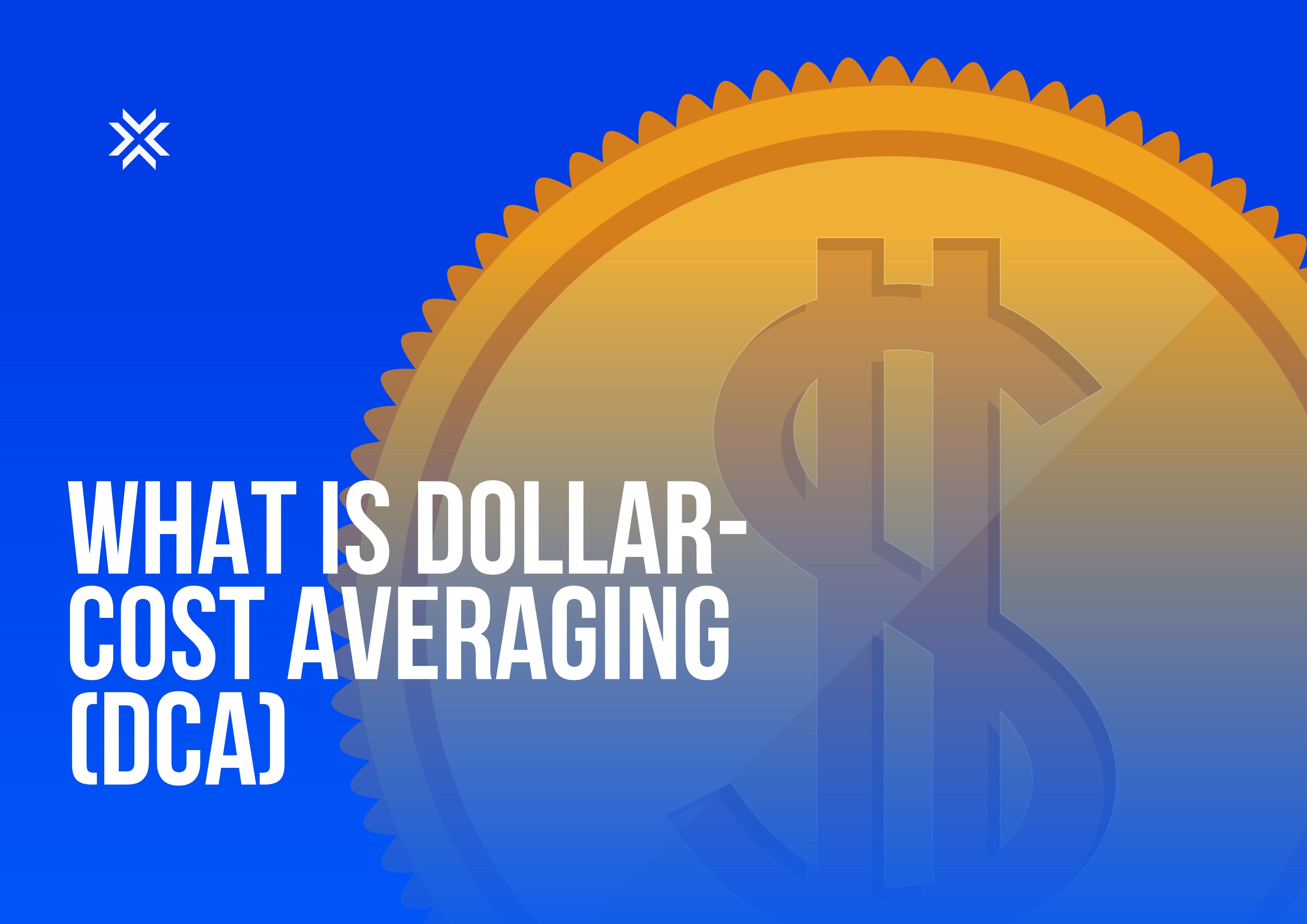Investing can be intimidating, especially when markets swing wildly and predicting the “right time” to enter seems impossible. Dollar-Cost Averaging (DCA) is a simple yet powerful strategy that removes the guesswork from market timing. Instead of trying to predict highs and lows, DCA involves investing a fixed amount of money into a particular asset at regular intervals, regardless of its price. This steady approach can help smooth out the effects of market volatility and build wealth over time.
Understanding Dollar-Cost Averaging
Dollar-Cost Averaging is based on a straightforward principle: consistency matters more than timing. Rather than waiting for the “perfect” moment to buy, you invest the same amount at set intervals—such as weekly, monthly, or quarterly—no matter how the market is performing.
By doing so, you naturally buy more units of the asset when prices are low and fewer units when prices are high. Over time, this method can lower the overall average cost per unit, as opposed to making one large, lump-sum investment when prices might be at their peak.
DCA is commonly used in stock markets, mutual funds, and cryptocurrency investments, making it a versatile strategy for different types of investors.
How Does Dollar-Cost Averaging Work?
The mechanics of DCA are simple and require discipline rather than complex calculations.
For example, imagine you decide to invest $100 in Bitcoin every month.
- If Bitcoin is priced at $50,000, your $100 will buy a smaller fraction of BTC.
- If Bitcoin drops to $25,000, the same $100 will buy a larger fraction.
Over months or years, your purchases are spread across various price points, reducing the impact of sudden price spikes or drops. This averaging effect helps minimize the risks associated with investing a large sum all at once.
Benefits of Dollar-Cost Averaging
- Reduces Emotional Decision-Making:
Market volatility often triggers emotional reactions—panic selling when prices fall or chasing after rising prices. DCA encourages a disciplined approach by sticking to a fixed plan, regardless of market noise. - No Need to Time the Market:
Predicting market tops and bottoms is notoriously difficult, even for experienced traders. DCA removes the stress of timing by spreading out investments. - Potentially Lowers Average Cost:
By buying more units when prices are low and fewer when prices are high, you can achieve a lower overall average cost per asset over time. - Perfect for Long-Term Goals:
DCA is particularly suited for individuals with long-term investment horizons, such as retirement planning or building a diversified crypto portfolio.
Who Should Use DCA?
DCA is ideal for:
- Beginners who want a straightforward way to start investing without deep market knowledge.
- Long-term investors who aim to build wealth gradually while minimizing the impact of short-term price fluctuations.
- Individuals with regular income streams, since it aligns well with monthly or quarterly investment contributions.
Things to Consider Before Using DCA
While DCA has many advantages, it’s not a guaranteed way to earn profits or avoid losses. If the market experiences prolonged declines, the value of your accumulated investments may still fall. Additionally, DCA might not always outperform a lump-sum investment, especially during long bull markets where prices steadily rise.
Before adopting DCA, assess:
- Your financial goals and time horizon.
- Your risk tolerance.
- The fees associated with making frequent transactions, which can sometimes eat into returns.
Seeking guidance from a financial advisor or conducting thorough research is always recommended before committing to any strategy.
Final Thoughts
Dollar-Cost Averaging is not about chasing quick gains—it’s about building wealth methodically over time. By investing a fixed amount at regular intervals, you embrace market fluctuations rather than fear them. For both new and seasoned investors, DCA offers a practical way to grow assets while keeping emotions in check.
FAQs
1. What is Dollar-Cost Averaging (DCA)?
Dollar-Cost Averaging is an investment strategy where a fixed amount of money is allocated to purchase an asset at regular intervals, regardless of its price. This approach helps reduce the impact of market volatility and avoids the need to time the market perfectly.
2. How does Dollar-Cost Averaging work in practice?
With DCA, you invest the same amount at set intervals—such as monthly or weekly—buying more units when prices are low and fewer when prices are high. Over time, this spreads your entry points across different market conditions and lowers the average purchase price of the asset.
3. What are the main benefits of using DCA?
DCA helps eliminate emotional decision-making, reduces the stress of timing the market, and can lower the average cost per unit over time. It is also a disciplined and straightforward strategy suitable for long-term wealth building.
4. Who should consider using Dollar-Cost Averaging?
DCA is ideal for beginners who want a simple and low-risk way to start investing, as well as long-term investors seeking to build a portfolio gradually. It is particularly useful for individuals with steady income streams, as it aligns with regular contributions.
5. Does Dollar-Cost Averaging guarantee profits?
No, DCA does not guarantee profits or protect against losses. While it can reduce the risks of investing a large sum during market peaks, the value of investments can still decline in prolonged downtrends. It’s important to evaluate personal risk tolerance and investment goals before using this strategy.









